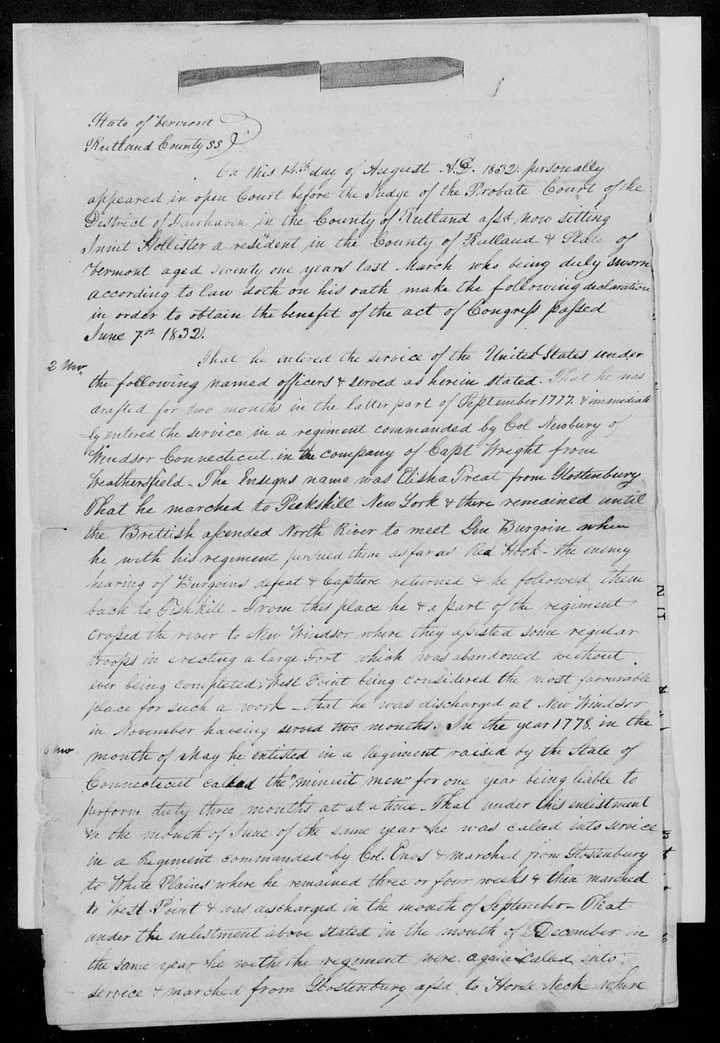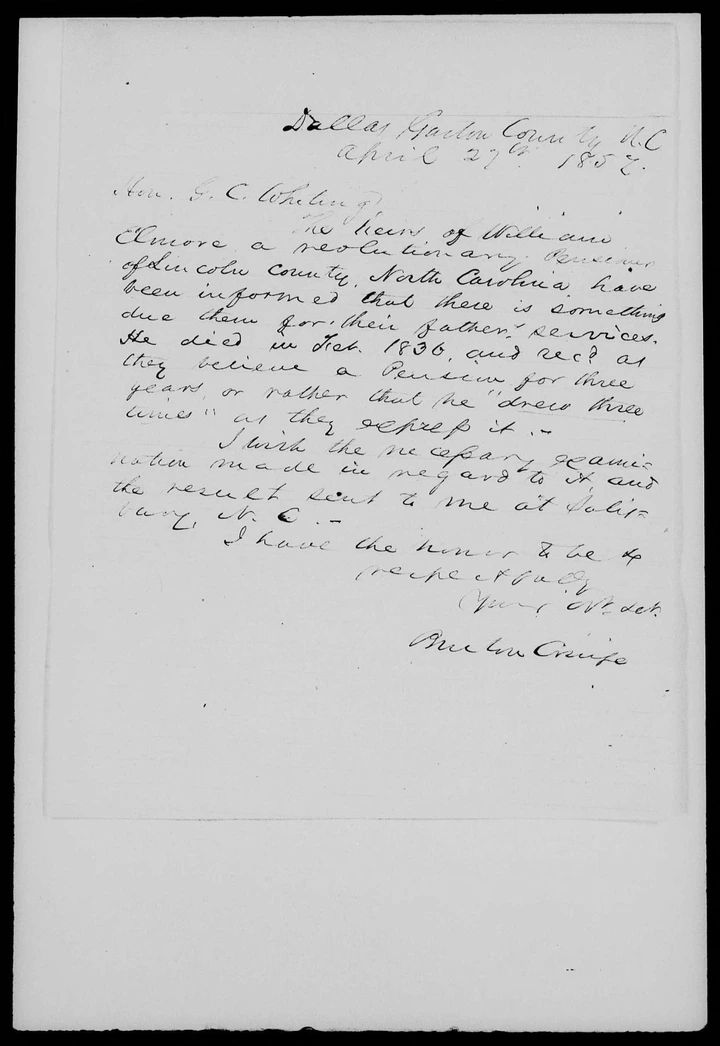Are you able to decipher cursive writing? It's a unique skill that the National Archives is seeking!

View pictures in App save up to 80% data.

View pictures in App save up to 80% data.
If you have the ability to read cursive writing, the National Archives would be interested in hearing from you.
Alternatively, there are several million. Over two centuries' worth of U.S. documents require transcription (or at the very least, classification), and the overwhelming majority of these are written in cursive handwriting – necessitating individuals who are skilled in this elegant, looping style of writing.
"Being able to read cursive is like having a superpower," remarked Suzanne Issacs, who serves as a community manager for the National Archives Catalog in Washington D.C.
She is part of the team that coordinates the more than 5,000 Citizen Archivists helping the Archive read and transcribe some of the more than 300 million digitized objects in its catalog. And they're looking for volunteers with an increasingly rare skill.
Those records range from Revolutionary War pension records to the field notes of Charles Mason of the Mason-Dixon Line to immigration documents from the 1890s to Japanese evacuation records to the 1950 Census.

View pictures in App save up to 80% data.
"Issacs mentioned that we organize missions inviting volunteers to assist us in transcribing or tagging records within our catalog."
To volunteer, all that’s required is to sign up online and then launch in. “There's no application,” she said. “You just pick a pick a record that hasn't been done and read the instructions. It's easy to do for a half hour a day or a week.”
Having the ability to read longhand script is incredibly beneficial, as many documents are composed in that style.
"It's not solely about whether you were taught cursive in school; it's really about how frequently you utilize cursive in your daily life," she remarked.

View pictures in App save up to 80% data.
Cursive writing has become less common.
The ability of Americans to use this interconnected style of writing has been gradually declining over the years.
School children were once taught impeccable copperplate handwriting and penmanship was something they were graded on.
That began to change when typewriters first came into common use in the business world in the 1890s and was further supplanted in the 1980s by computers.
Still, handwriting continued to be considered a necessary skill until the 1990s when many people shifted to e-mail and then in the 2000s to texting.
By 2010, the Common Core teaching standards emphasized keyboard skills (once taught as “typewriting”) and no longer required handwriting on the presumption that most of the writing students would do would be on computers.
That led to a pushback and today at least 14 states require that cursive handwriting be taught, including California in 2023. But it doesn’t mean that they actual use it in real life.
In the past, most American students began learning to write in cursive in third grade, making it a rite of passage, said Jaime Cantrell, a professor of English at Texas A&M University Texarkana whose students take part in the Citizen Archivist work, putting their skills reading old documents to work.